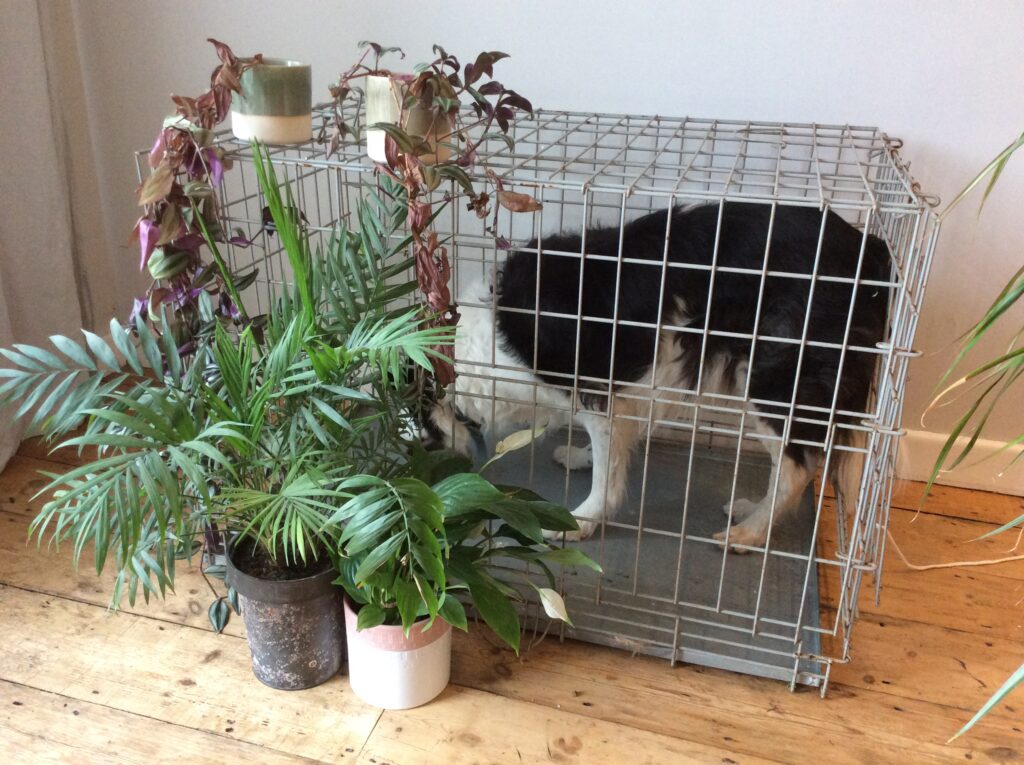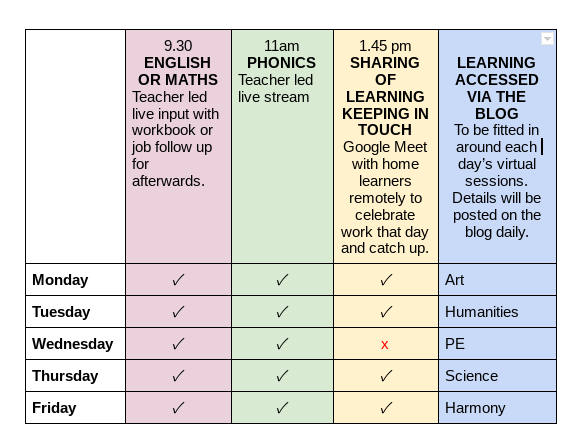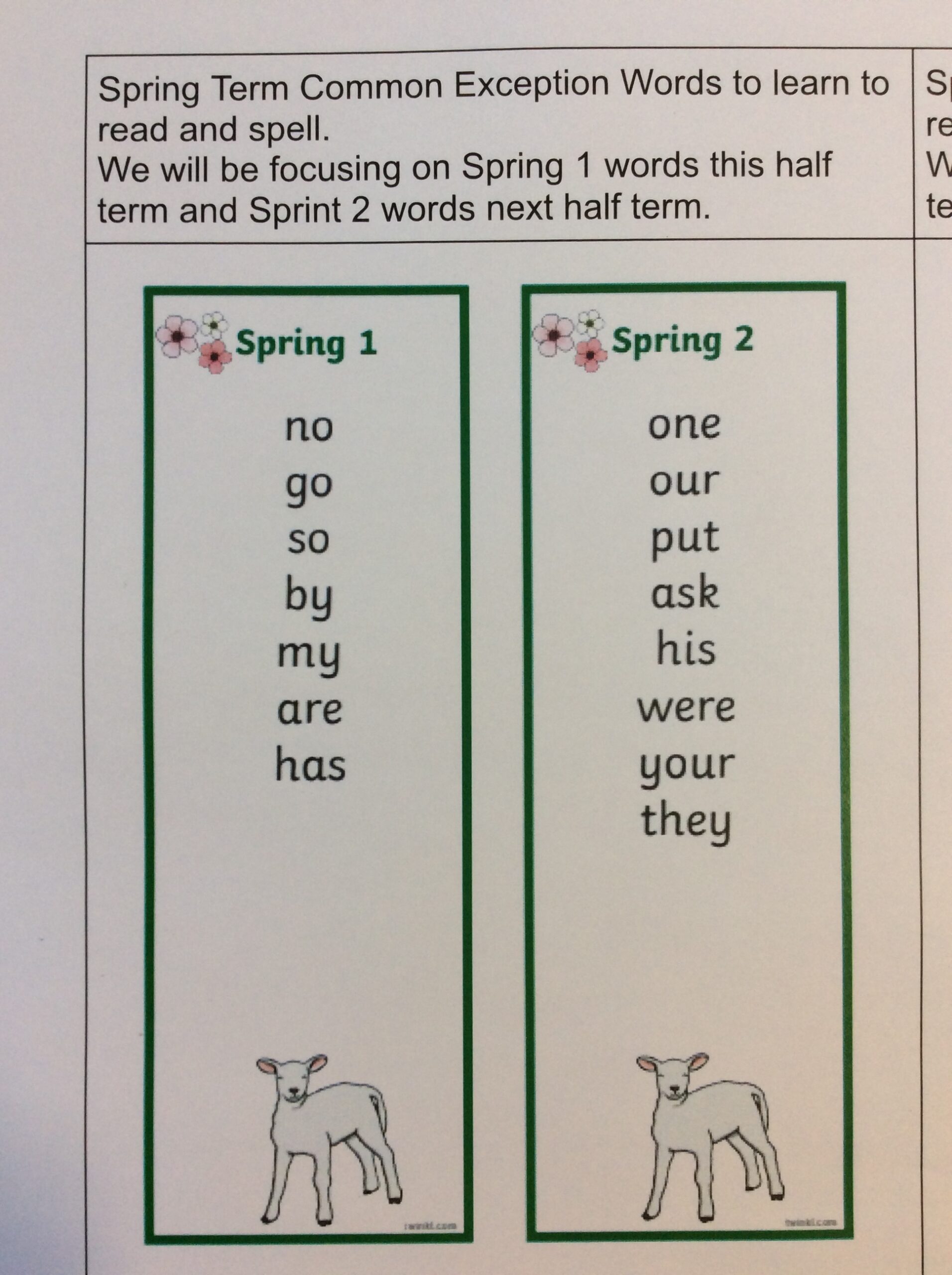Hello Skippers! I’m so proud of you all managing so well at home. It was lovely to see nearly everyone in the live lessons yesterday and to have so much super work emailed in. I gave out so many rainbow points I’ll be needing to top up the box I think! I will pop the schedule for today below and please remember our 1.45pm catch up today is ‘bring your pet’. If you haven’t got a pet maybe you could think of a good question to ask someone else about their animal. I have a feeling this could be quite popular/chaotic/fun and also time consuming so we will have to keep each turn brief if we have a lot of pets turn up!
Mastering the Maths!
In today’s maths lesson at 9.30am we’ll be putting into practice some of the skills we have learnt this week. You will need your red exercise book or some paper, a pencil and a ruler.
Comparing Numbers:
1. First divide your page into 3 columns like this…
2. Pick a number that is more than 20 but less than 40. Draw the number into the middle column in your book. Write the number too. I chose the number 34, but you can choose any number you like.
3. Ask an adult to tell you a number between 20 and 40.
Is their number more or less than yours?
Draw and write that into the correct column.
4. Together choose a number to put in the remaining column. Draw and write this too.
Now repeat this activity at least 3 more times. Your page in your red book should look a little like this…
Phonics
If you can’t join in with our live session at 11 then please watch Lesson 20 of the Year 1 Spring Term Lessons.
| Harmony We hope you had fun exploring colour-mixing during your art lesson earlier in the week! Today we will be looking at the different colours created by Russian artist Kandinsky in one of his most famous paintings. You can see it below and also have a look at this short clip by clicking on the link: https://www.youtube.com/watch?v=SIWjR3otGvM Can you spot some circles that are the primary colours (red, yellow and blue)? Which colours do you think Kandinsky mixed to create some of the other circles? Now it’s your turn – use paint, crayons, pastels, playdough or felt tips to have a go at creating some concentric circles using your own mixed colours. Please share a photo of your work at year1@damers.dorset.sch.uk and we will try to join all our pieces of art together to create a class display! |






